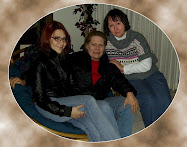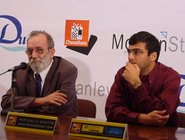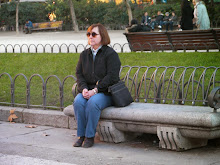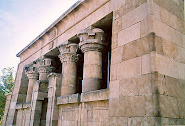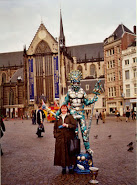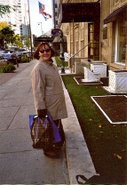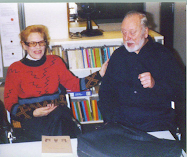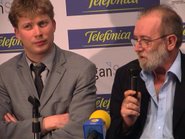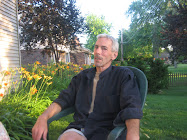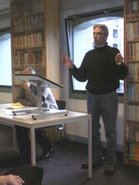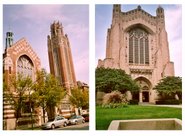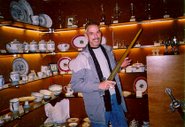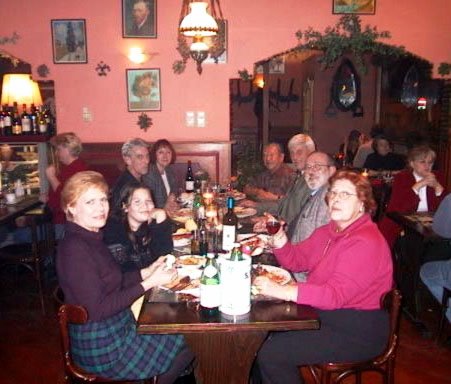Exeter archaeologists create exhibition for Sri Lanka
Updated: 22-Jul-2008 09:19 by: Martin Williams
An Exeter archaeologist, who became a comic book heroine in Sri Lanka after working there for 20 years, is returning to the country with her students to set up a museum exhibition. Dr Gill Juleff of the University of Exeter became well known in the 1990s for discovering the large-scale iron industry that existed in Sri Lanka in the first millennium AD. Now she is returning to the country, accompanied by five of her students, to create an exhibition for one of the country’s most important museums.
On 23 July, Dr Juleff and her team will travel to the Martin Wickramasinghe Museum of Folk Culture in Koggala, on Sri Lanka’s south coast. Working with museum staff, they will have a month to produce a new exhibition on Sri Lanka’s ancient heritage in iron production. The exhibition will include a full-size model of a wind-powered furnace and accompanying display material.
Dr Juleff’s research has focused on understanding the unique technology that was used to make steel in Sri Lanka in the first millennium AD. Working with archaeologists, both local and international, she discovered a type of furnace that made use of the monsoon winds to generate heat of up to 1600 degrees celcius. As well as being published in the leading scientific journal Nature, her discoveries captured the imagination of people across the island. When she returned to Sri Lanka last year she was surprised to find herself immortalised in an educational comic book: Steel Industry in Ancient Lanka.
Dr Gill Juleff of the University’s
School of Geography, Archaeology and Earth Resources said: “After so many years of hard fieldwork in deep rural parts of the island, walking everyday in the forest and getting to know local villagers, it will be a treat to spend a month on the coast working in the relative comfort of a museum. It is also a wonderful opportunity to give back something to a country that I love and that has given me so much. We will be working with Sri Lankan colleagues who have collaborated with the project for many years and for us all it will be chance to bring the results of our work to a wider audience. If anyone is holidaying on the south coast of Sri Lanka near Galle they are welcome to visit the museum in Koggala and see the work in progress.”
Last summer, Dr Juleff returned to Sri Lanka with a group of students to carry out a series of experiments on a model of a wind furnace. It was during this visit that she met Rupa Saparamadu, author of Steel Industry in Ancient Lanka and daughter of one of Sri Lanka’s most eminent writers, the late Martin Wickramasinghe. Now, working with the Martin
Wickramasinghe Museum Trust, Dr Juleff and her team will create a new exhibition for the museum that Rupa Saparamadu runs.Five undergraduate archaeology students were selected for the projects based on their applications, in which they had to demonstrate their commitment to the project and outline the skills they could bring to it.
First year student Kay Hamilton would not have been able to afford to take part in the project had it not been for the high level of subsidy, which came from the Exeter Alumni Exploration Fund. A keen amateur blacksmith, she will be using her skills to create the model furnace with her fellow students and local craftsmen. She said: “The iron industry is a topic of immense national pride among Sri Lankan people, so it’s a great honour to be asked to create this exhibition. I also feel a great sense of responsibility to get it right as it is such a prestigious project.”
The Museum has asked the group to make an exhibit that will last for 10 years. Though they have done as much preparation as possible, the students do not yet know what materials and tools will be available to them. Their first task will be to find materials that will stand the test of time in hot and humid conditions.
As well as presenting technical challenges, the trip will be an opportunity for the students to develop skills in interpreting and communicating academic information through the exhibition panels and display items.
Second year student Matt Saunders, also a keen amateur blacksmith, said: “With archaeology you can get trapped in an ivory tower, but if you don’t try to help other people understand and celebrate their heritage there isn’t much point in making these discoveries.”
 There are dozens of chairs in this style at the Shriners' Temple in Milwaukee, all marked with this interesting embossed emblem on the back. I thought the central part shows a double-headed dragon; dondelion says it's a double-headed sea-horse. This chair was the only example of its type on the floors on which ladies are allowed (we were not allowed to tour the lower floor where, our tour guide said, most of these chairs are located). Michelle snapped this photograph on 7/25/08.
There are dozens of chairs in this style at the Shriners' Temple in Milwaukee, all marked with this interesting embossed emblem on the back. I thought the central part shows a double-headed dragon; dondelion says it's a double-headed sea-horse. This chair was the only example of its type on the floors on which ladies are allowed (we were not allowed to tour the lower floor where, our tour guide said, most of these chairs are located). Michelle snapped this photograph on 7/25/08. 




















